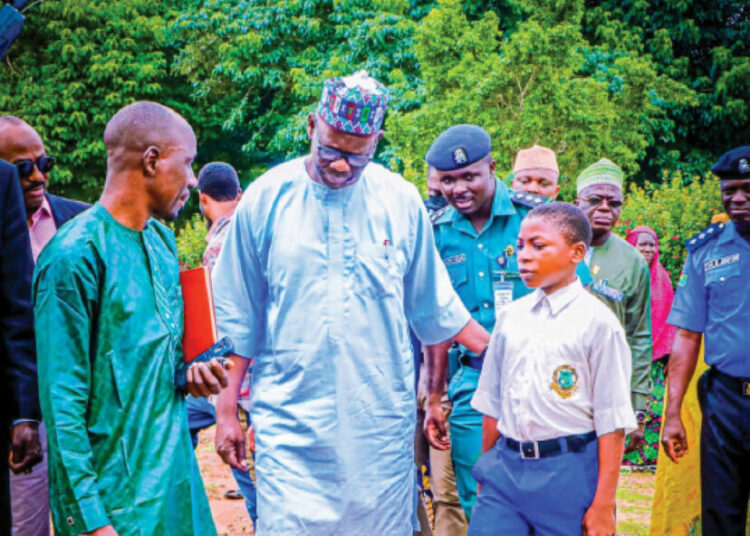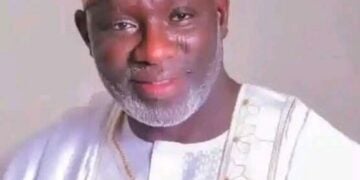The World Bank aptly describes education as the foundational infrastructure for job creation, noting that jobs remain the surest way out of poverty.
It stresses that smart and effective investments in education are crucial for building human capital, equipping young people with the advanced cognitive, socio-emotional, technical, and digital skills required to thrive in today’s world. This global perspective has become the guiding compass for Nasarawa State under the leadership of Governor Abdullahi Sule, whose administration has redefined education as the bedrock of development.
Recognising the suffocating impact of unemployment and youth restiveness, Governor Sule introduced a skills-based educational blueprint that blends theoretical learning with practical tutorials. This paradigm shift ensures that by the time a child transitions into secondary school, he or she acquires a vocation capable of providing financial independence. The approach has elevated Nasarawa’s curriculum into one of the most transformative in Nigeria, drawing attention from other states seeking to replicate the model.
Upon assumption of office in 2019, Governor Sule met a backlog of challenges in the education sector: counterpart funding arrears that prevented access to over ₦5 billion in Universal Basic Education Commission (UBEC) grants, decaying infrastructure, inadequate manpower, and the rising out-of-school population. Rather than apportion blame, he acted decisively—releasing ₦2.7 billion in counterpart funding, restoring UBEC’s confidence, and unlocking long-stalled resources for primary school transformation.
Since then, the administration has delivered holistic reforms—constructing classrooms, offices, water systems, and toilets across local government areas, while embarking on massive renovations in secondary schools. Science and technical schools have been equipped with modern laboratories, and tertiary institutions have witnessed historic expansions, including the establishment of Faculties of Engineering and Medicine at Nasarawa State University, Keffi. The College of Agriculture in Lafia was also upgraded into the College of Agriculture, Science and Technology, broadening opportunities for innovation and research.
Equally significant is the governor’s investment in manpower. Beyond promoting 5,000 teachers, his administration formalised 2,250 appointments and recruited over 8,000 teaching and non-teaching staff across primary, secondary, and tertiary levels. Vocational training also received a boost with the establishment of the Wing Commander Abdullahi Ibrahim Vocational Institute in Lafia, which has already produced job creators rather than job seekers.
Governor Sule’s inclusive vision also extends to indigent students. He cleared scholarship arrears exceeding ₦100 million and subsequently expanded bursary allowances by 50 percent, benefiting over 10,000 students with ₦394.55 million in the 2022–2023 academic session alone. In collaboration with the World Bank and federal government, his administration has reintegrated over 16,000 girls into schools under the Adolescent Girls Initiative for Learning and Empowerment (AGILE), with plans to inject about ₦12 billion into infrastructure upgrades across 720 schools.
To further ease the financial burden on parents, the state government has undertaken to pay NECO fees for more than 24,000 public school candidates in the 2025/2026 academic year.
Experts agree that Governor Sule’s success in the education sector stems from his conviction that education is pivotal to development. His consistent allocation of substantial resources—surpassing UNESCO’s recommended benchmark—combined with the input of a technocratic blueprint committee, has placed Nasarawa among Nigeria’s top-performing states in educational advancement. Six years into his administration, the transformation is evident: from classrooms to laboratories, from vocational training to scholarships, and from access to quality to equity in education.
Governor Sule has, indeed, built an enduring foundation—one where education serves not just as a ladder out of poverty but as the cornerstone of Nasarawa State’s development aspirations.





